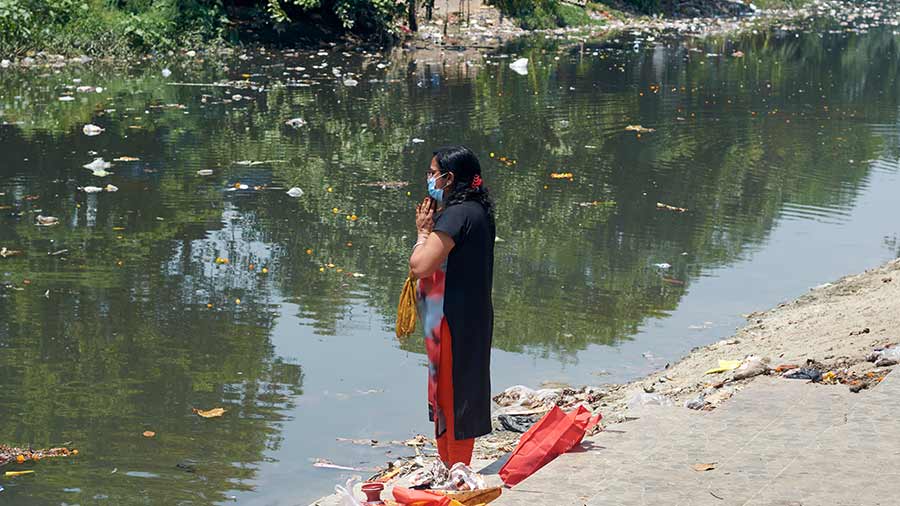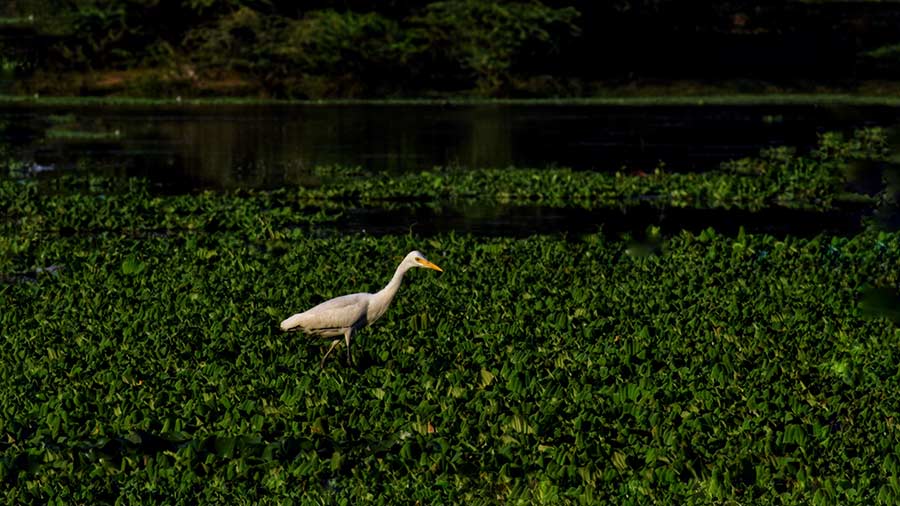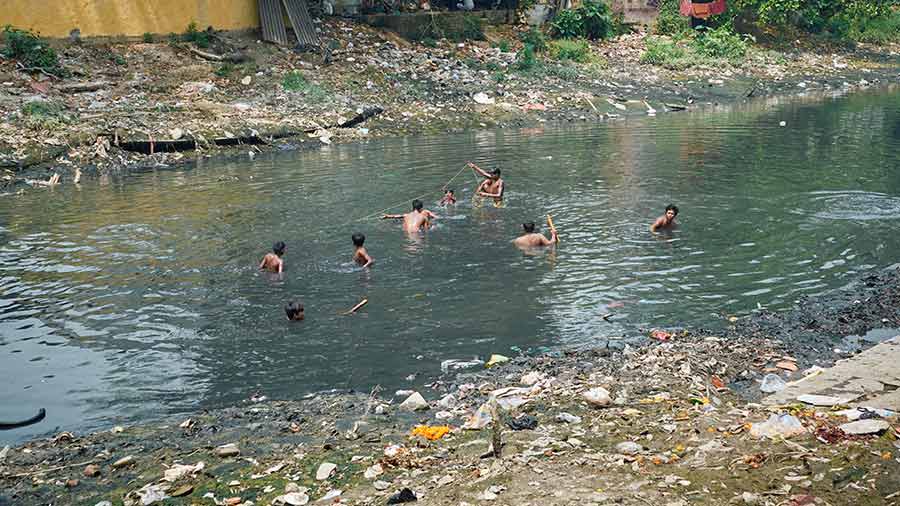The Water of India — the magic trick made popular by P.C. Sorcar — both father and son — involved a jar that kept pouring out water, endlessly. The significance of the trick perhaps had something to do with the role water plays in our country — not only for daily needs, but also spiritually and culturally. The Living Waters Museum (LWM) was created in 2017 to examine water through various lenses, with special focus on the arts.
The virtual museum uses visual narratives on water and its intersection with natural and built environments, agro-ecologies, livelihoods, culture and social practices curated through an interdisciplinary and collaborative process. Since its inception, the museum has developed its own methods for data collection, data visualisation and representation.
“A majority of our work is derived from mentored contributions by students, independent researchers, artists, water activists and new media specialists. The development of ‘water classrooms’, with the aim of creating long-term policy advocacy helps us understand water from a multidisciplinary and inclusive lens,” said Sukrit Sen, project lead, Kolkata Chapter, Living Waters Museum.
The nature of the museum is inspired by how the virtual sphere is not bound by walls or physical structures, much like water. It helps democratise water heritage across time and space. It also allows the incorporation of demographics like children — especially from marginalised communities — the elderly, neo-literates and the physically challenged. But at its core, the virtual sphere allows LWM to curate content beyond borders and boundaries, and forge new forms of collaborative ownership.
“We seek to engage young scholars in understanding, documenting and celebrating our water wisdom through the power of storytelling and data visualisation, using digital technology and new media tools,” said Sen,
A founder-member of the Global Network of Water Museums, endorsed by UNESCO’s Intergovernmental Hydrology Program, LWM is currently based at the Centre for Water Research, Indian Institutes of Science Education and Research, Pune.
In Kolkata, LWM has worked extensively with school and college students over the past few months to examine innovative media such as artwork, skits, and rap to interpret the water heritage of Kolkata, mainly the ghats along Hooghly.
The American Consulate General, Kolkata, has provided LWM a grant to develop a ‘Climate Wall’, which is both virtual and physical, and take a look at climate action with a focus on the Sunderbans.
“The virtual wall looks at youth voices and creative arts as a medium to develop awareness within different stakeholders, and the physical wall involves the study and implementation of a mangrove plantation drive in the Hingalganj village of the Sunderbans.” Sen said.
The virtual museum has also been examining the historical significance of Kalighat among devout Hindus, the excavation of the channel in the 18th century by the East India Company for navigation and sewage, and its present struggles under urban development and pollution. It also campaigns for the river’s rejuvenation.

The virtual museum has also been examining the historical significance of Kalighat among devout Hindus Shutterstock
The LWM website is a rich repository of many such stories, besides galleries and exhibitions from across the country that capture India’s water heritage. Among the most interesting ones are stories about the evolving role of the Sabarmati in Ahmedabad, the beauty of the Indus as it flows through Ladakh, and an autobiographical account of the Narmada.

An egret on the banks of the Sabarmati Shutterstock
In March of 2021 and 2022, LWM launched large online exhibitions — Confluence and Punyache Paani respectively, looking at Mumbai and Pune’s water history, heritage and livelihoods. They also examined the challenge of differential access to water, especially in the context of the Covid-19 pandemic.
